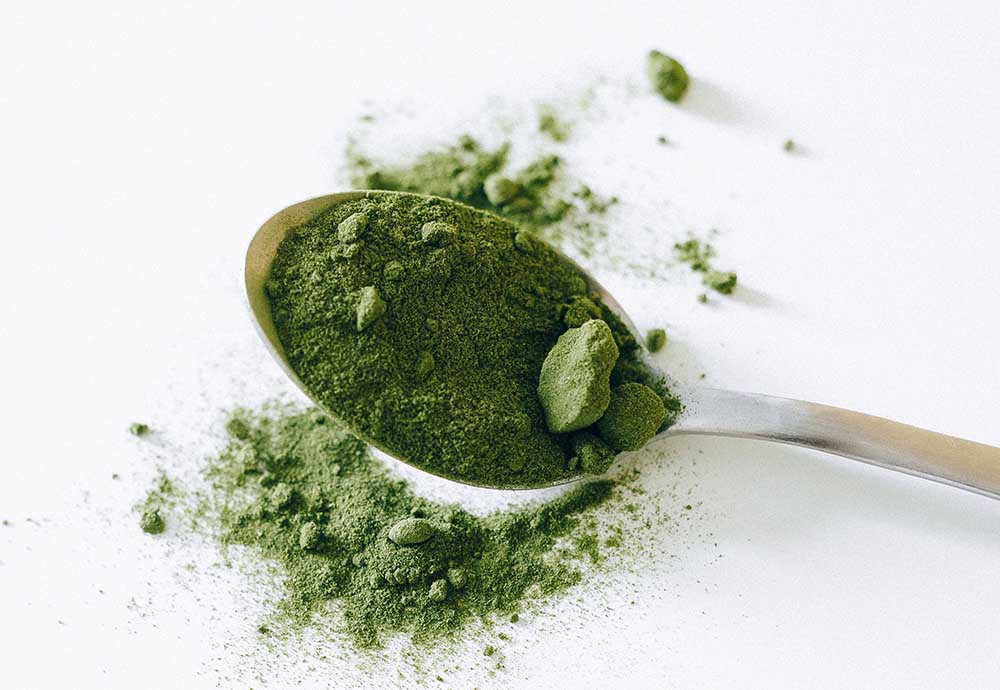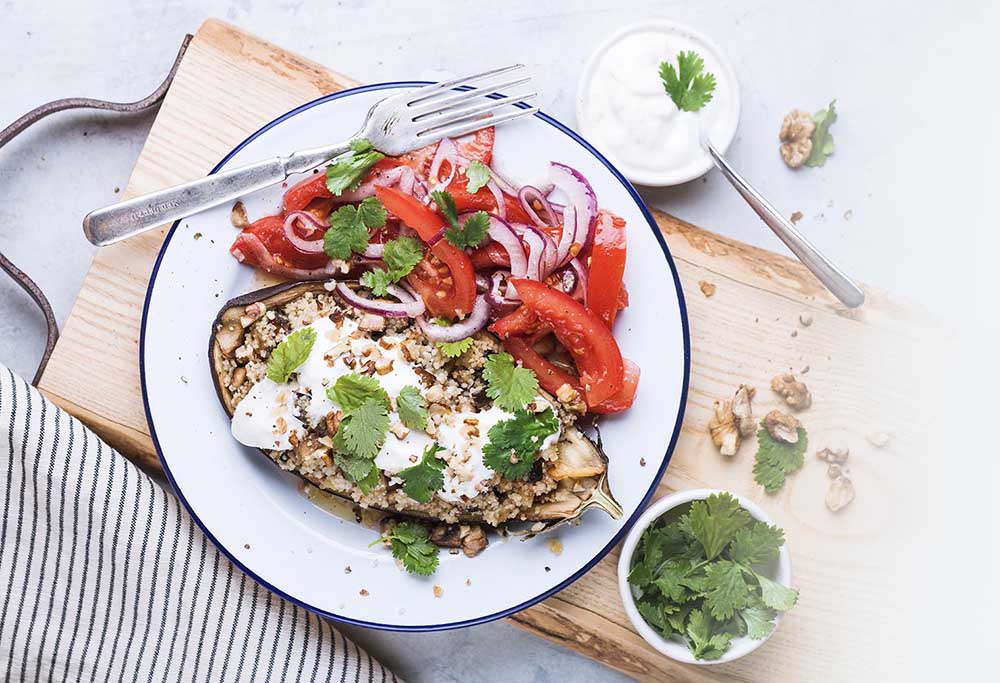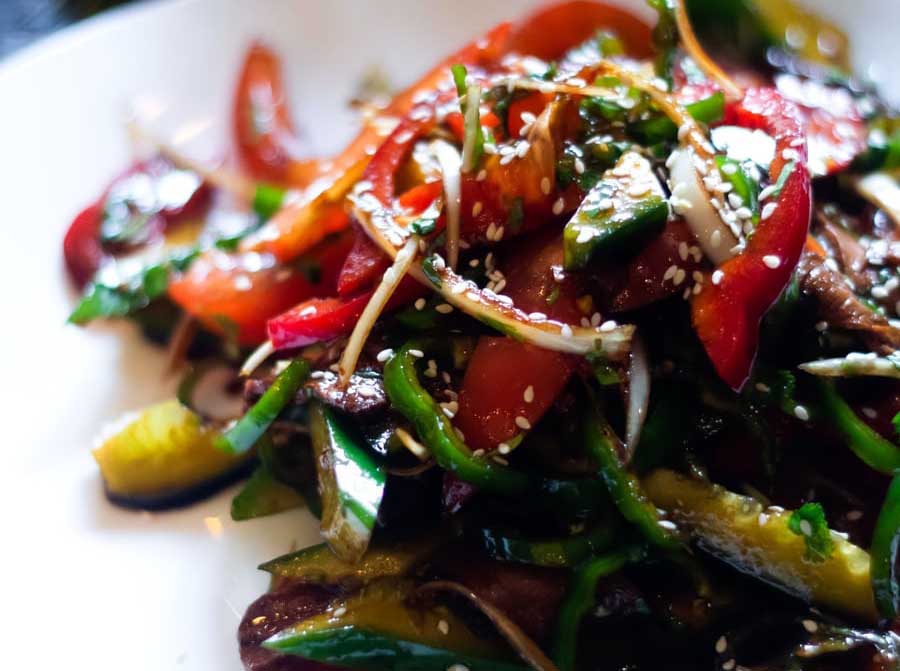What is a Keto-diet?
Keto diet is a low–carb, high–fat diet that has become increasingly popular for its potential to aid weight loss, improve energy levels, stabilize blood sugar, and reduce risk of certain diseases. It involves reducing carbohydrate intake and replacing it with fat. This reduction in carbs puts your body into a metabolic state called ketosis, where fat, from your diet and your body, is burned for energy.
Because of Keto–diet is a high–fat, low–carb diet that helps the body enter a state of ketosis. It is typically used for weight loss, but can also help with other health issues such as epilepsy, diabetes, and cancer. It is not only for weight loss, but can be used to improve overall health.
However, Keto–diet may not be suitable for individuals with existing health conditions, such as kidney disease, high cholesterol, or for pregnant or breastfeeding women. It may also not be suitable for those who are underweight or have an eating disorder. It is important to speak to a doctor before starting any diet or exercise program.
8 Top Steps for Keto Diet
1. Get Enough Healthy Fats: A keto-diet should be high in healthy fats, such as those found in olive oil, nuts, and avocados. This will help you reach and maintain ketosis.
2. Cut Out Processed Foods: Processed foods are often high in sugar and carbs, making them a poor choice for a keto-diet. Instead, focus on eating whole, unprocessed foods.
3. Increase Your Intake of Protein: Protein is important for maintaining muscle mass on a keto-diet. Make sure to include plenty of protein-rich foods in your meals, such as eggs, meat, fish, and poultry.
4. Reduce Carbs Gradually: When starting a keto diet, it’s important to gradually reduce your carb intake. This will help you adjust to the diet and avoid side effects such as the keto flu.
5. Drink Plenty of Fluids: Staying hydrated is important on any diet, but it’s especially important on a keto diet. Make sure to drink plenty of water throughout the day.
6. Track Your Progress: Tracking your progress can be a great way to stay motivated and on track with your keto diet. Try using a food journal or an app to monitor your macros.
7. Get Enough Sleep: Getting enough sleep is important for overall health and can help you reach your goals on a keto diet. Aim for 7–9 hours of sleep each night.
8. Get Enough Exercise: Exercise can help you reach your goals on a keto diet, so make sure to incorporate some physical activity into your routine.
What kind of foods can you eat to Keto-diet:
1. Eggs
2. Fish and Seafood
3. Low-Carb Vegetables
4. Cheese
5. Avocados
6. Nuts and Seeds
7. Healthy Fats, Such as Olive Oil, Coconut Oil, and Avocado Oil
8. Meat, Poultry, and Bacon
9. Berries
10. Full-Fat Dairy Products
What does a full day of eating ketogenic food look like?
A ketogenic diet should consist of about 60–80% fat, 10–30% protein, and no more than 5–10% — or 20–50 grams — of carbs per day. Focus on high fat, low carb foods like eggs, meats, dairy, and low carb vegetables, as well as sugar-free beverages. Be sure to limit highly processed foods and trans fats.
It can look something like this:
Breakfast: Scrambled eggs with bacon and avocado
Lunch: Grilled chicken with roasted vegetables
Snack: Keto friendly trail mix
Dinner: Baked salmon with a side of broccoli and cauliflower
Dessert: Keto friendly ice cream






